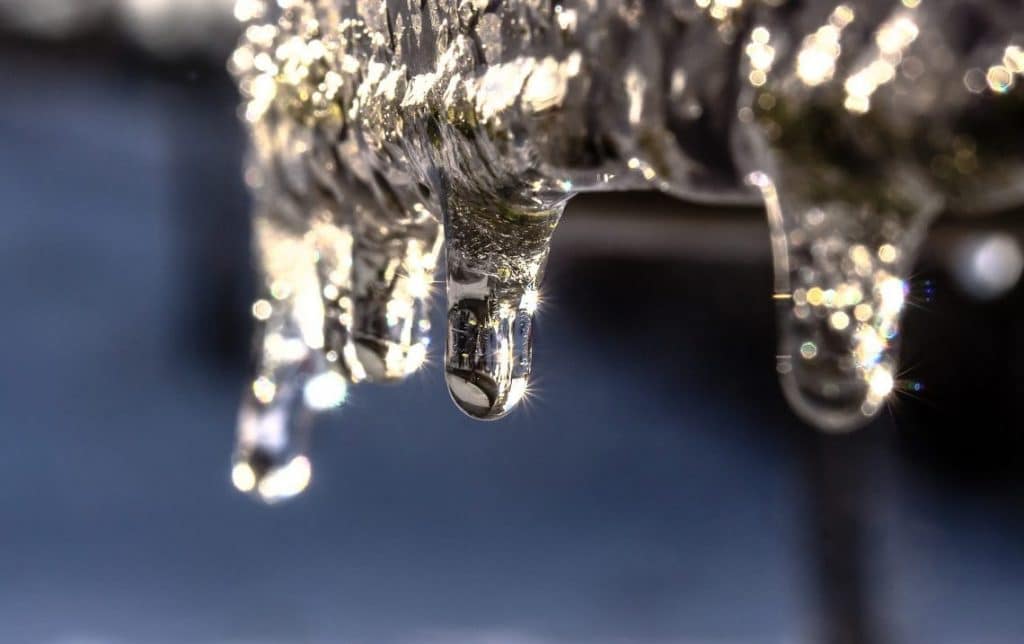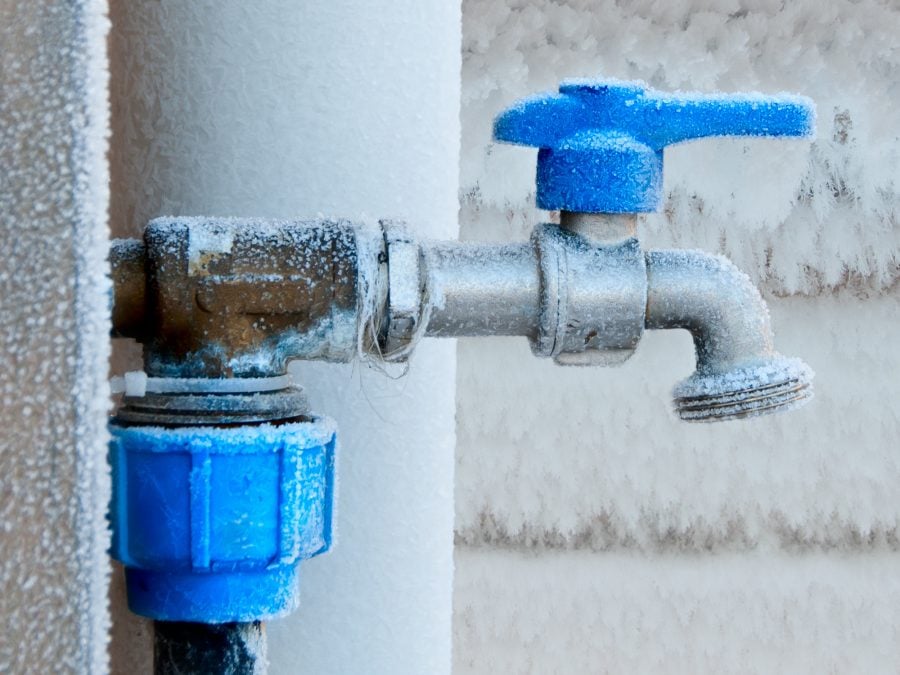On this page further down yow will discover some extremely good answers in relation to Preventing and dealing with frozen pipes.

Cold weather can wreak havoc on your pipes, especially by freezing pipelines. Here's exactly how to avoid it from taking place and what to do if it does.
Intro
As temperatures drop, the danger of icy pipes rises, potentially leading to pricey repair work and water damages. Comprehending how to prevent frozen pipelines is essential for property owners in cold climates.
Recognizing Icy Pipes
What creates pipes to ice up?
Pipelines freeze when revealed to temperature levels listed below 32 ° F (0 ° C) for prolonged periods. As water inside the pipelines freezes, it increases, putting pressure on the pipe walls and possibly triggering them to rupture.
Dangers and damages
Icy pipelines can result in supply of water disruptions, property damages, and expensive fixings. Ruptured pipes can flooding homes and create substantial architectural damages.
Indications of Frozen Pipes
Identifying frozen pipes early can avoid them from breaking.
How to recognize frozen pipes
Look for decreased water circulation from faucets, uncommon odors or sounds from pipes, and visible frost on exposed pipes.
Avoidance Tips
Insulating prone pipelines
Wrap pipes in insulation sleeves or utilize warmth tape to shield them from freezing temperature levels. Concentrate on pipelines in unheated or exterior areas of the home.
Heating techniques
Maintain indoor areas properly heated, especially locations with pipes. Open closet doors to allow warm air to flow around pipelines under sinks.
Safeguarding Outdoor Plumbing
Yard hose pipes and outdoor taps
Separate and drain garden hoses before winter season. Install frost-proof faucets or cover exterior faucets with protected caps.
What to Do If Your Pipes Freeze
Immediate actions to take
If you presume frozen pipelines, keep taps available to relieve pressure as the ice thaws. Utilize a hairdryer or towels soaked in warm water to thaw pipes gradually.
Long-Term Solutions
Structural changes
Think about rerouting pipes far from exterior walls or unheated locations. Add added insulation to attics, basements, and crawl spaces.
Updating insulation
Invest in high-quality insulation for pipelines, attics, and wall surfaces. Proper insulation helps maintain constant temperatures and decreases the threat of frozen pipelines.
Conclusion
Preventing icy pipelines requires aggressive measures and quick responses. By understanding the causes, indicators, and safety nets, home owners can secure their plumbing during cold weather.
6 Proven Ways to Prevent Frozen Pipes and Protect Your Home
Disconnect and Drain Garden Hoses
Before winter arrives, start by disconnecting your garden hoses and draining any remaining water. Close the shut-off valves that supply outdoor hose bibs and leave the outdoor faucet open to allow any residual water to drain. For extra protection, consider using faucet covers throughout the colder months. It’s also important to drain water from any sprinkler supply lines following the manufacturer’s directions.
Insulate Exposed Pipes
Insulating your pipes is an effective way to prevent freezing. Pipe insulation is readily available at home improvement stores and is relatively inexpensive. Pay close attention to pipes in unheated areas such as the attic, basement, crawl spaces, or garage. Apply foam insulation generously to create a buffer against the cold. You can also wrap your pipes in heat tape or thermostat-controlled heat cables for added warmth.
Seal Air Leaks
Inspect your home for any cracks or openings that could let in cold air. Seal any holes around the piping in interior or exterior walls, as well as the sill plates where your home rests on its foundation. Additionally, make sure to keep your garage door closed unless you’re entering or exiting. Leaving it open creates a significant air leak that can lead to frozen pipes.
Allow Warm Air Circulation
During cold snaps, it’s essential to allow warm air to circulate evenly throughout your home. Leave interior doors ajar to promote better airflow. Open kitchen and bathroom cabinets to help distribute heat consistently around the rooms. If you have small children or pets, be sure to remove any household chemicals or potentially harmful cleaners from open cabinets for safety.
Let Faucets Drip
A small trickle of water can make a big difference in preventing ice formation inside your pipes. When temperatures drop significantly, start a drip of water from all faucets served by exposed pipes. This continuous flow helps prevent the water from freezing. Additionally, running a few faucets slightly can relieve pressure inside the pipes, reducing the chances of a rupture if the water inside does freeze.
https://choateshvac.com/6-proven-ways-to-prevent-frozen-pipes-and-protect-your-home/

I found that piece of writing on 6 Ways to Prevent Frozen Pipes while doing a search on the search engines. If you please take a moment to share this blog entry if you appreciated it. Thanks for your time. Kindly come visit our site back soon.
About